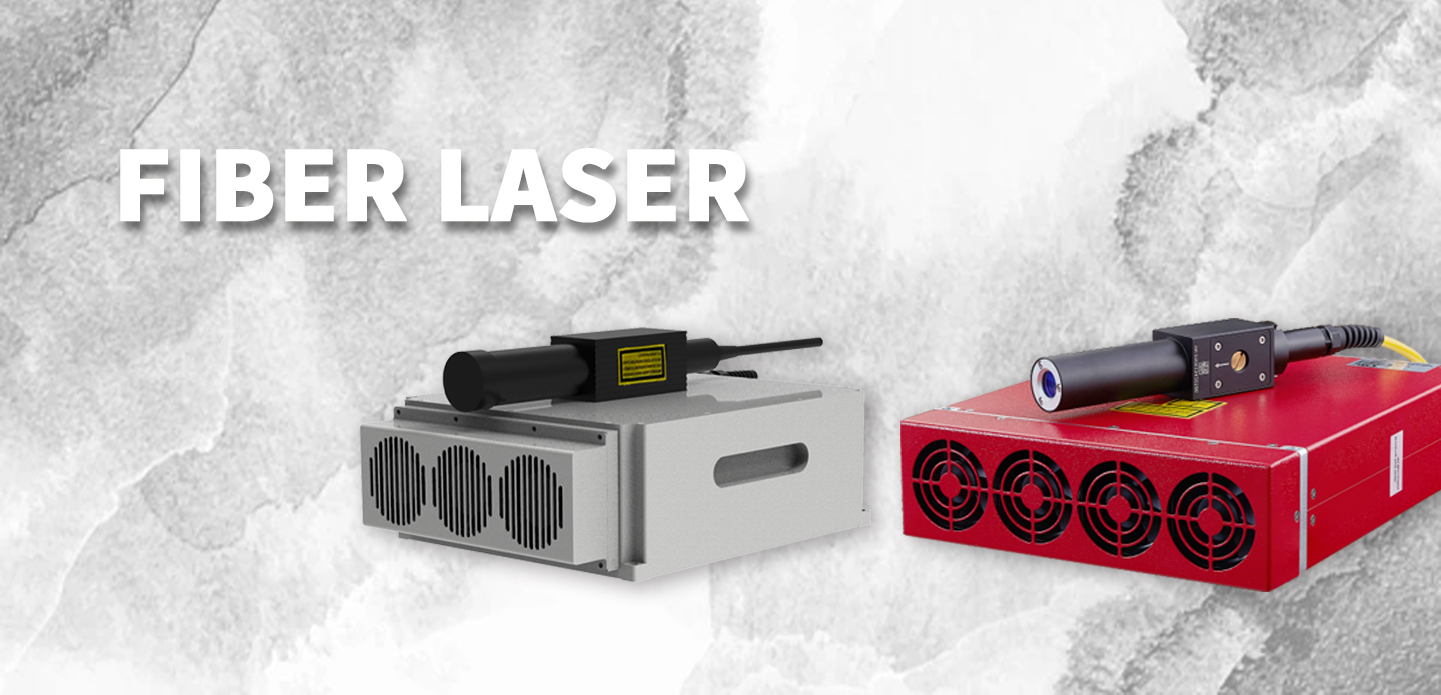In recent years, the advancement of laser technology has revolutionized manufacturing processes across various industries. Among the most notable developments is the small fiber laser, a tool that combines precision, efficiency, and versatility. Compact in design yet powerful in performance, these lasers have become indispensable in applications ranging from cutting and welding to engraving and marking. This article delves into the advantages and applications of small fiber lasers, highlighting their role in shaping the future of manufacturing.
What is a Small Fiber Laser?
A small fiber laser is a type of laser that uses optical fibers doped with rare-earth elements such as ytterbium, neodymium, or erbium to generate a laser beam. The key feature of small fiber lasers is their compact size and the ability to deliver high-quality beams with minimal maintenance. Typically, these lasers are more efficient than traditional lasers, offering better power output with reduced energy consumption.
Advantages of Small Fiber Lasers
1. **Enhanced Efficiency**: Small fiber lasers convert electrical energy to laser light at a much higher efficiency rate compared to their CO2 counterparts. This increased efficiency not only reduces operational costs but also minimizes heat output, making them suitable for applications where heat sensitivity is a concern.
2. **Compact Design**: The design of small fiber lasers allows for portability and ease of integration into existing manufacturing setups. Their small footprint means they can be placed in a variety of environments without requiring extensive floor space or cumbersome setups.
3. **Versatile Applications**: These lasers can be used for multiple applications, including cutting, engraving, welding, and marking on various materials such as metals, plastics, and even wood. Their versatility makes them ideal for diverse industries, including automotive, aerospace, electronics, and medical.
4. **High Precision and Quality**: Small fiber lasers produce a high-quality focused beam that results in clean, precise cuts and engravings. This high level of precision is crucial for industries where detail and accuracy are paramount, like intricate part manufacturing and high-end product designs.
5. **Low Maintenance**: Fiber lasers generally have fewer moving parts than other laser technologies. This simplicity means they require less maintenance, providing manufacturers with a reliable solution with minimal downtime. The reduced need for maintenance translates to increased productivity in manufacturing processes.
Applications of Small Fiber Lasers
1. **Metal Cutting and Welding**: The ability to cut through thick materials with precision is one of the standout benefits of small fiber lasers. In metal fabrication, these lasers can easily process sheets of varying thicknesses, providing clean edges that often require no additional finishing. Laser welding, particularly in thin materials, benefits from the focused energy that achieves strong, precise joints.
2. **Marking and Engraving**: Small fiber lasers excel in marking various materials with high accuracy. They are commonly used to engrave logos, serial numbers, and barcodes on products. The permanence of laser markings ensures that they withstand wear and tear, making them ideal for traceability in manufacturing and retail.
3. **Medical Device Manufacturing**: The medical industry requires precision-engineered components, and small fiber lasers are widely employed in the production of medical devices. These lasers can create intricate designs in materials such as titanium and stainless steel while maintaining the biocompatibility of the products.
4. **3D Printing and Additive Manufacturing**: Recently, small fiber lasers have found applications in additive manufacturing processes. They can be utilized for sintering or melting powders to create complex three-dimensional structures, adding to their versatility as manufacturing processes continue to evolve.
5. **Automotive Industries**: With the increasing complexity of automotive components, small fiber lasers play a critical role in producing precise parts. They are used for cutting, welding, and even modifying surfaces, ensuring that the components meet stringent industry standards.
Conclusion
The proliferation of small fiber lasers in the manufacturing landscape reflects their multifaceted applications and inherent advantages. Their ability to deliver high efficiency, precision cutting, and minimal maintenance aligns perfectly with the growing demands of modern industry. As advancements continue, small fiber lasers are poised to further enhance productivity and innovation across various sectors, ensuring their place as integral tools in the future of manufacturing technology.
由投稿用户稿件整理稿件发布,不代表本站观点及观点,更多交流学习之用,如涉及版权等问题,请随时联系我们(yangmei@bjjcz.com),我们将在第一时间给予处理。






